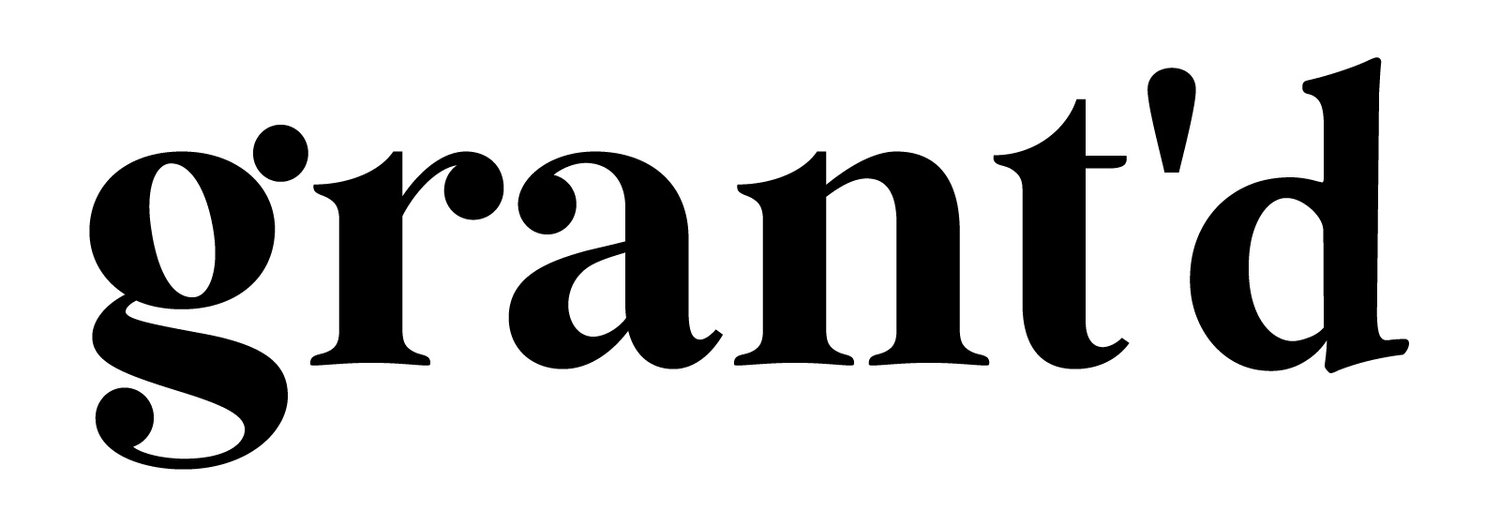More and more organisations and businesses across Australia are turning to grant funding – and with over $80b of grant funding distributed across the nation every year… why not?
Why not indeed!
We’re more than willing to bet that almost every beginner grant seeker has the thought ‘why not’ as they leap into preparing their very first application. Yet before even setting pen to paper, they often become overwhelmed with all the information and assets they’ll need to have on hand.
And faced by this overwhelm, many grant seekers often either:
(a) scramble haphazardly as they complete each application amidst the pressures of other organisational deadlines or
(b) assign the task of securing grant funding to the ‘too hard’ or ‘some other time’ basket.
But take it from us, the solution is so simple that once you realize what it is, accessing that pool of $80b in grant funding will become not only possible and realistic, but also a process that is easily managed and negotiated.
So what’s the secret you might ask? It’s to get grants ready!
Essentially this means gathering all of your grant seeking assets, familiarising yourself with them, and clearly identifying your funding needs.
And here’s the thing… our decades of combined experience [and industry research!] confirms the grant seekers who take the time to lay this groundwork always find themselves well positioned to take advantage of emerging grant opportunities.
Yet for all the power this step promises them, many grant seekers tend to skip getting grants ready, often simply because they’re unsure of the how. So for all of you DIY grant seekers out there, we’ve pulled together a step by step list of what you’ll need to do to get grants ready.
And pssst… keep reading if you’d also like a nifty checklist that’ll help get you on your way!
Step One: Gather your basic information assets
All grant applications will ask for the same basic information before diving into the issue of what you’d like funding for. At the very least, this basic information will include the legal name of your organisation/business; ABN, ACN and/or charity number; contact details; and your organisational/business mission. We strongly recommend creating a Fast Facts Sheet that has all this information ready for you to copy into applications and build on.
It’s also always an excellent idea to curate a collection of your basic organisational documents in case an application asks you to upload a copy. Think along the lines of your organisation/business most recent strategy, annual reports and financial reports, and your organisation’s registration and insurance certificates. If you don’t have something on hand, make it your next task to source or create it! Your organisation’s marketing materials will also come in handy in terms of preparing basic application content.
This step will also help you build familiarity with these assets, empowering you to quickly assess your eligibility for any given grant opportunity when you begin planning your grants journey (more on that later!).
Step Two: Identify and define your funding needs
There’s certainly no point in starting the process of searching and applying for grants until you have a clear idea of what you need funding for. Yet time and time again we’ve seen organisations designing their funding needs around available grant opportunities… [can we just mention, that’s a major no no!]. Your positioning as an eligible grant seeker is best strengthened by creating a funding needs document. By the time you’ve finished this step, you should have a document that clearly outlines each funding need in terms of the following:
A description of what the funding need is and what it’ll involve
What problem the funding will help solve
How fulfilling the need will solve the problem and who will benefit
A rough budget for each funding need (how much it will cost and any other sources of funding)
And because your funding needs will evolve in line with your growth and changes in your operating environment, we strongly recommend undertaking this step (and the next one too!) every 6-12 months so that you can maintain your grant readiness.
Step Three: Start collecting your application assets
Although you’ve gathered all your basic information and documents in Step One, you should also curate application assets that will help you prepare application content for each of your funding needs. Think letters of support, program descriptions, marketing materials, and data that will help you demonstrate the need for and effectiveness of your proposals. You’ll find these assets both inside and outside of your organisation.
It’s always a good idea to get a head start on sourcing these extra assets. Because after all, there’s nothing worse than the stress of trying to recruit people to write letters of support at the very last minute when they have their own deadlines to worry about!
The next steps
Now that you know all about the process of getting grants ready and what you’ll need to do, here’s a free (and nifty!) checklist to help you kickstart the process. After that, your next task will be to plan your grants strategy and journey. We strongly recommend checking out our handy Pocket Guide to Planning Your Grants Journey that has worksheets, examples and downloadable templates that will help you do exactly that.
And if you’d like even more of a helping hand, you’re welcome to join our friendly Facebook community of 1,200+ grant seekers who stand ready to help you.
Once you’re grants ready and have planned your grants journey, you’ll have created a tailored road to grant funding success for your organisation (how exciting!). You’ll now be able to begin dedicating your valuable time to what really matters: creating strong cases as to why a slice of potentially game changing grant funding should become yours.
